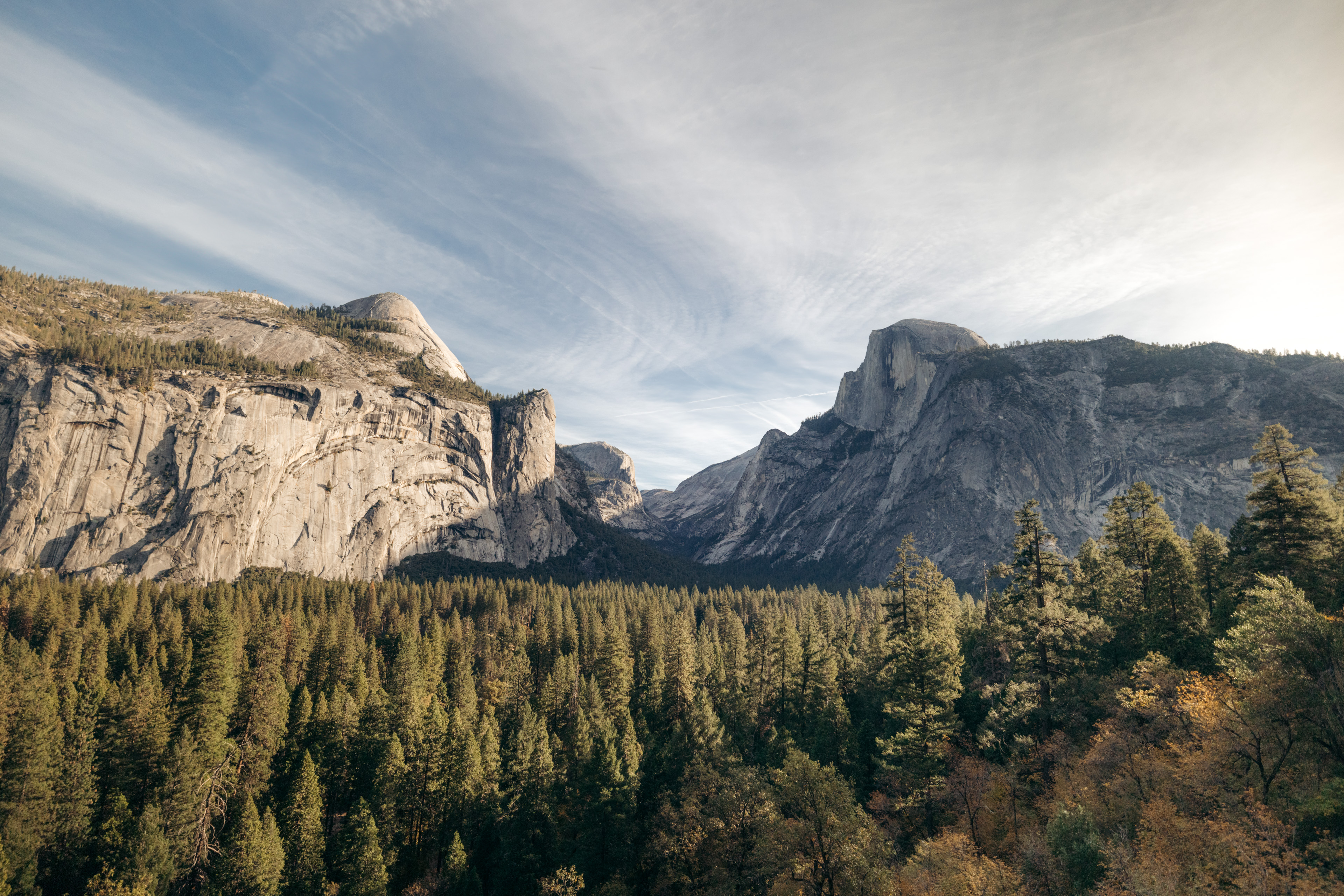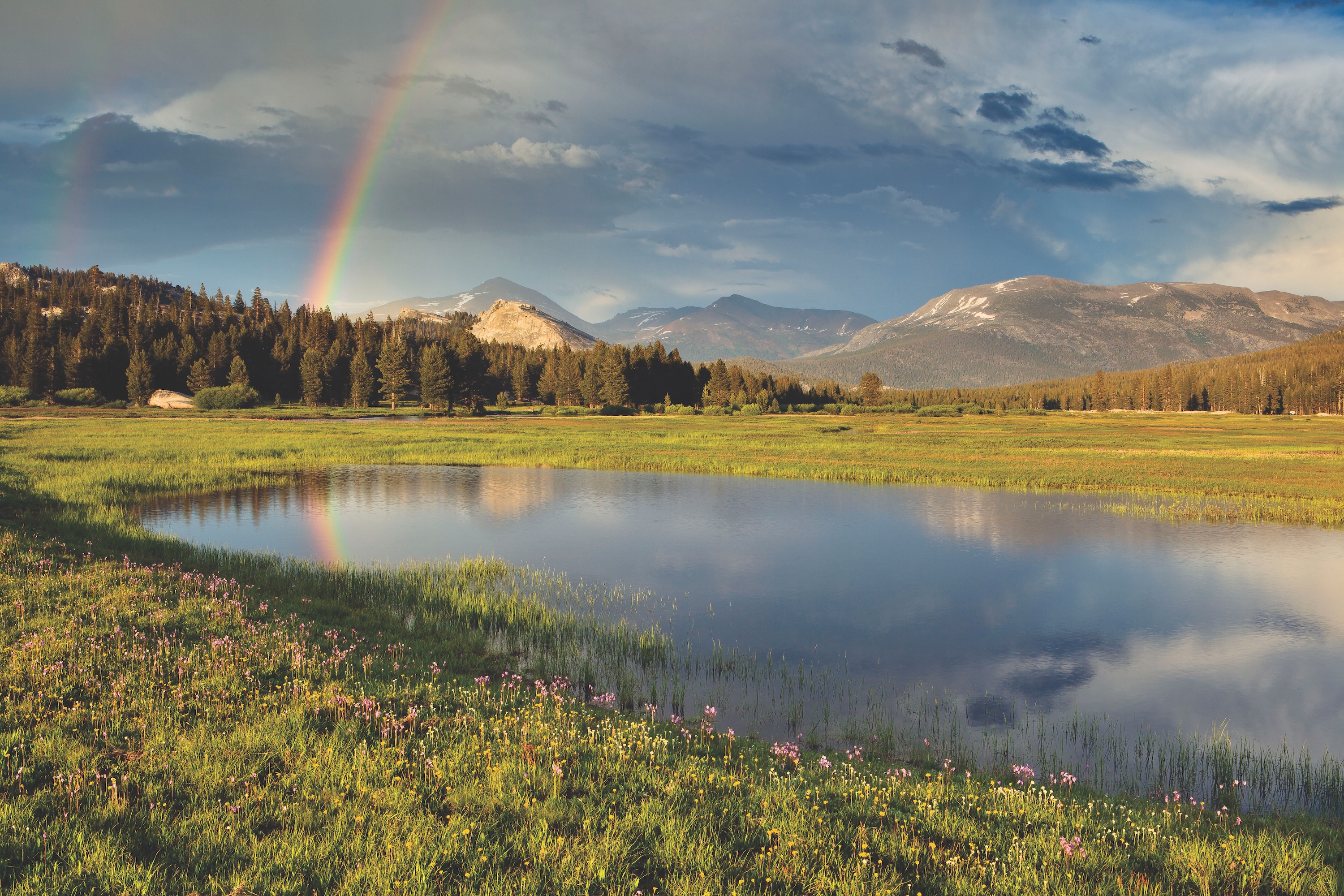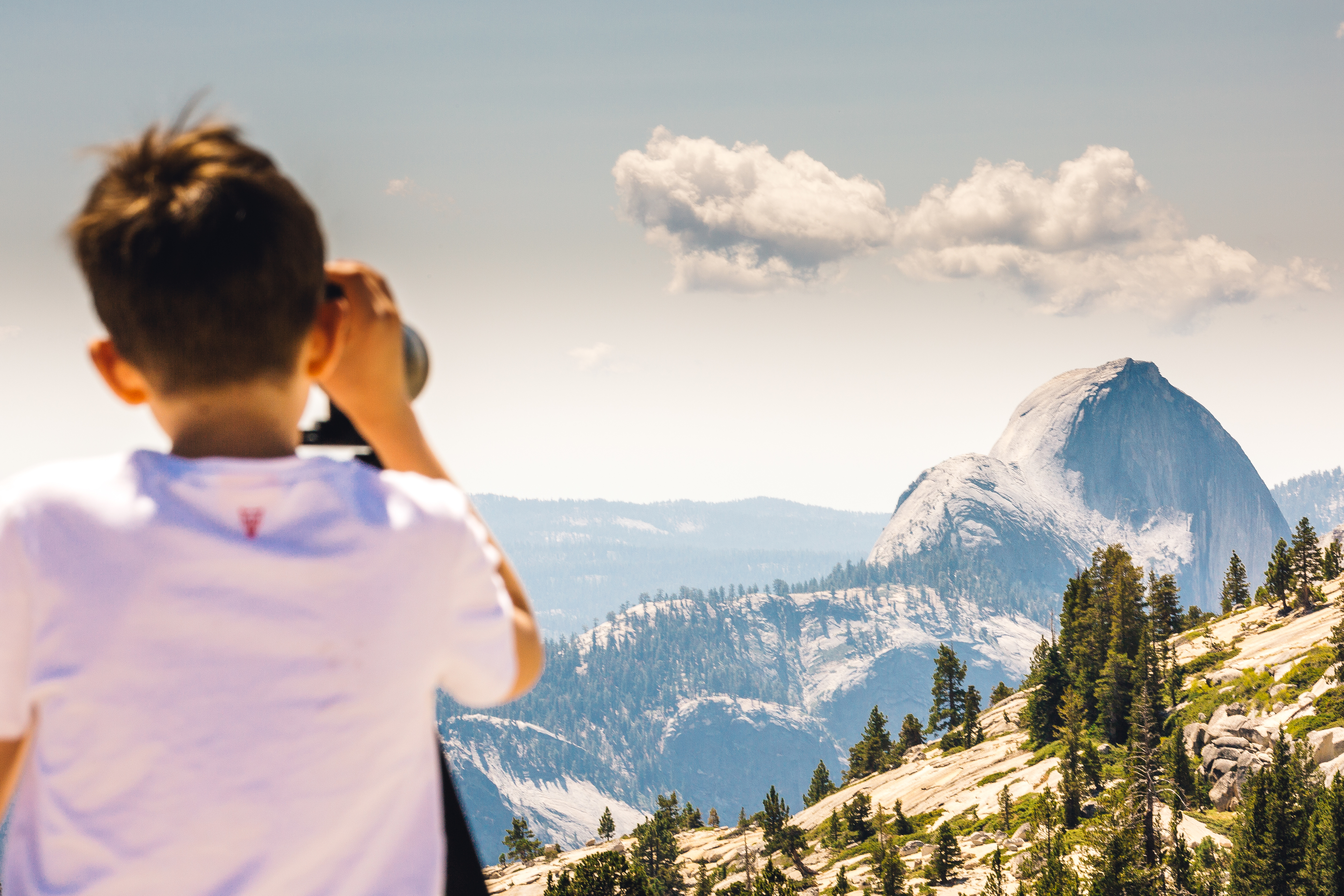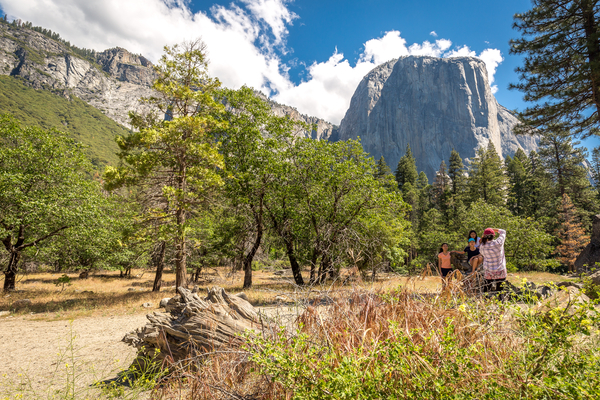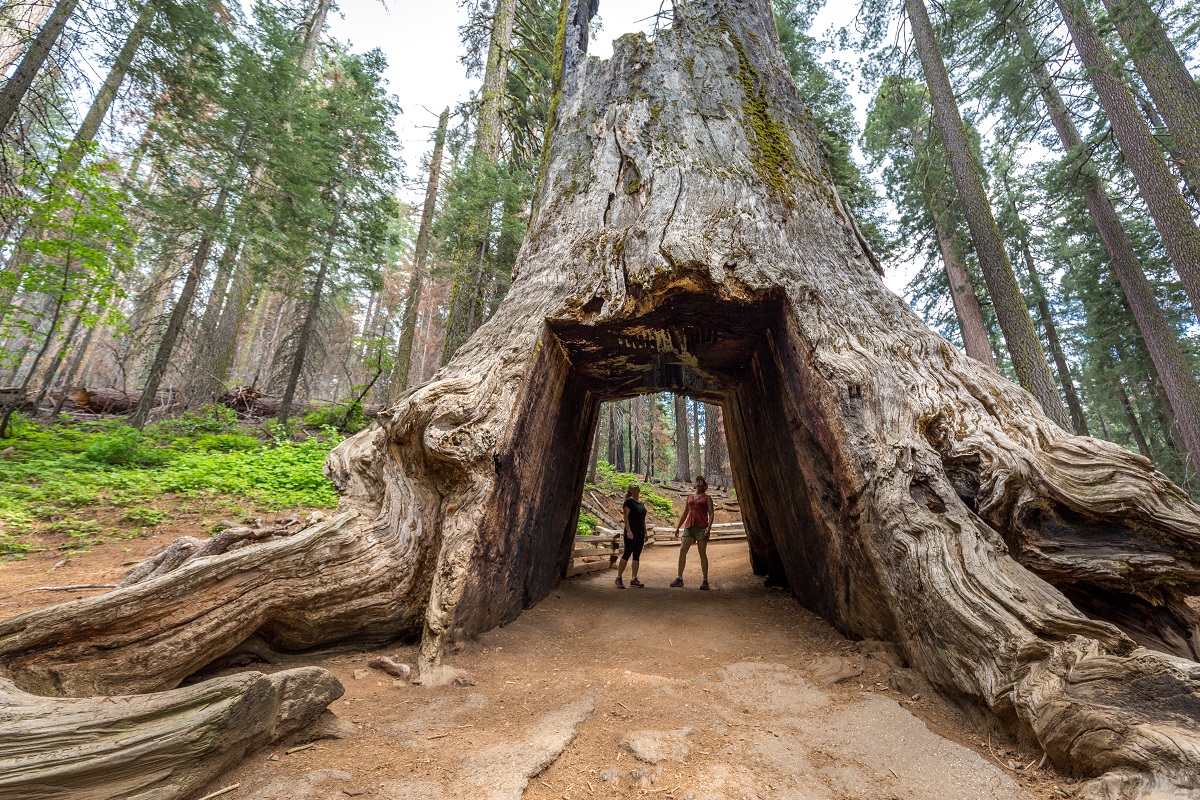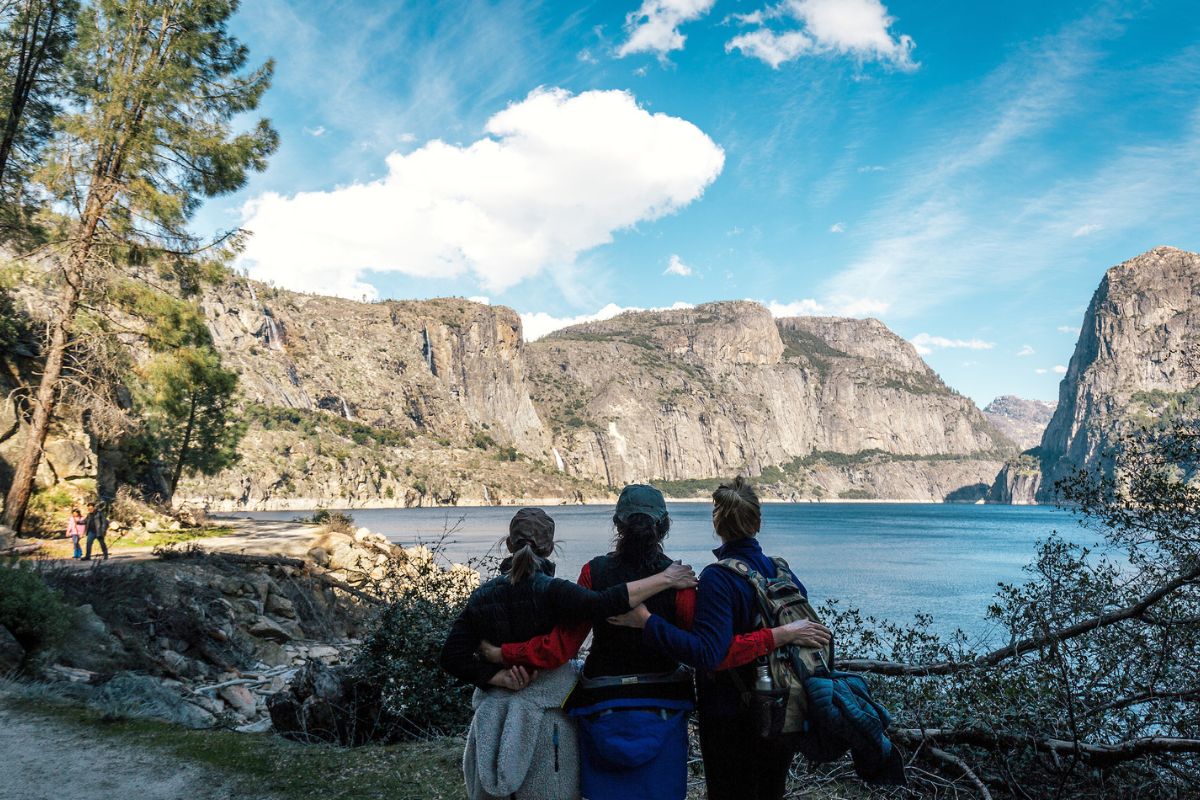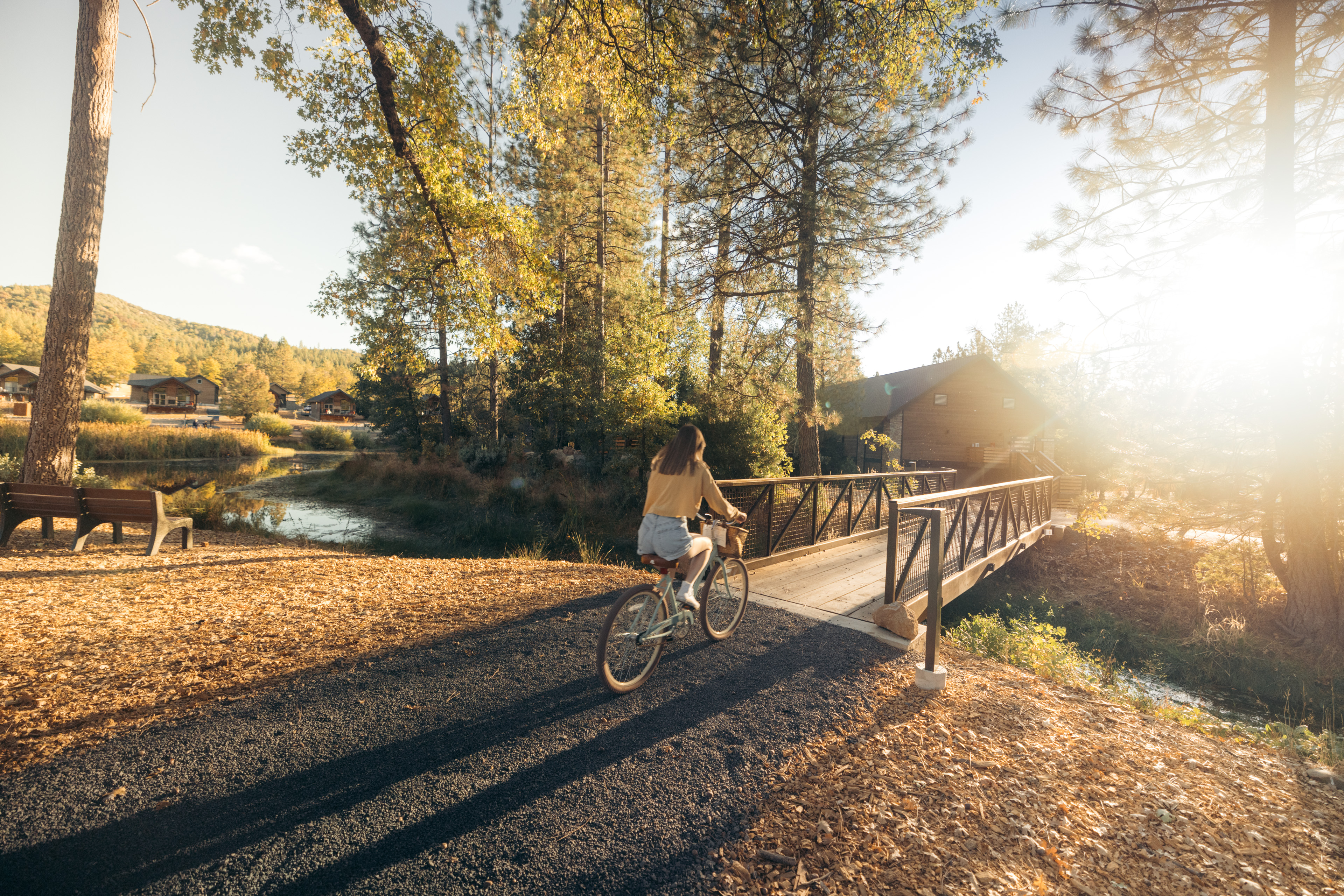Typically, most of Yosemite is open to you during a Government Shutdown, and even though most Park Rangers are not able to provide the services we all love and rely on, here are a few tips to help make sure you can still enjoy Yosemite to the fullest.
Fortunately, the concessionaire who operates Yosemite’s hotels, restaurants, and other services usually remains open for business as usual. Whether or not you’re staying in a Yosemite hotel, you are welcome to use the facilities, because they are owned by the American public. Additionally, many local community groups will organize clean-up efforts at high traffic areas in and around Yosemite. We’ll keep updating you on social media channels, and you can see below for more details.
Please make sure you’re familiar with the seven principles of Leave No Trace, especially when Yosemite operates with limited services during a Federal government shutdown.
1. Plan ahead and prepare – it’s easier than you think.
A little bit of research goes a long way in Yosemite. Before you begin your travels, take some time to familiarize yourself with current regulations and weather and road conditions directly from the Park Service.
Bring along a good old-fashioned map of the area you’re adventuring in to make sure you’re not frustrated if cell service is not available. We recommend you try out the new Explore Beyond Yosemite Valley map that was recently developed by a team of Yosemite locals.
Consider starting your trip early to avoid times of high use.
And of course, you are always welcome to stop by our Recreation Desk to chat with our Yosemite experts to get directions, trail suggestions and other helpful information that will help you make the most of your Yosemite adventures. You’re also free to enjoy our public spaces – we just might be your best rest stop ever!
Keep in mind that during a Federal government shutdown, Park Rangers and Visitor Centers inside the park will not be available, so planning ahead will be especially rewarding.
2. Travel, park, and camp on durable surfaces.
When exploring Yosemite seek out resilient types of terrain. Ideal durable surfaces include established trails and campsites, rock, gravel, dry grasses or snow. When seeking out a place to camp be sure to be at least 200 feet from lakes and streams and keep your campsite small. When it comes to finding parking for your Yosemite exploration, park only in preexisting parking spots and never pull into vegetation to park your vehicle. Yosemite National Park is comprised of delicate nature and sticking to preexisting trails, parking and campsites helps us maintain this beautiful place.
3. Dispose of waste properly
Pack it in, pack it out. This principle applies to everything from litter to human waste to rinse water.
Always inspect your campsites, picnic areas and rest stops for trash or spilled foods. Pack out all trash, leftover food and litter. It’s as simple as always leaving a place cleaner than when you found it.
During an extended shutdown, keep an eye out for creative solutions among regional partners who are keen to encourage everyone to be good stewards of Yosemite. In years past we’ve partnered with Tuolumne County Visitors Bureau and neighboring businesses to offer trash bags at the Big Oak Flat Entrance Station. Visitors who dropped off their trash on their way out of the park were rewarded with complimentary sweet treats at Rush Creek!
4. Leave what you find.
The adage “take only pictures, leave only footprints” still holds true. We always encourage Yosemite adventurers to leave things as they find them during their explorations. In order to make sure Yosemite is around for future generations to experience, it is crucial to leave rocks, plants, and other natural objects as you find them.
5. Minimize campfire impacts (be careful with fire).
While campfires are a timeless camping ritual, they can also be one of the most destructive ones. Far better choices include a lightweight stove for cooking or an LED lantern for light. Stargazing is an excellent alternative to watching a campfire– and of course if you want to dive a bit deeper into the world of stargazing you can join our Star Guru for one of our guided stargazing tours.
We’ll have our outdoor firepit lit every night for our complimentary s’mores, so no need to worry about tending to your own fire. In the case that you are in an area where campfires are permitted, use established fire rings, keep your fires small and burn all wood and coals to ash to ensure your campfire is out completely.
6. Respect wildlife.
It’s important to not approach Yosemite’s wildlife for so many reasons. Observing wildlife from a distance allows Yosemite’s animals to live as normal a life as possible. And just like you should never approach an animal in its wild habitat, never feed the animals either. Feeding wildlife damages their health, alters their natural behavior, and exposes them to predators and other damages.
This also means you should protect wildlife by storing your food and trash securely. In Yosemite, we encourage guests to store food and trash in bear boxes to prevent wildlife somehow finding its way into your supplies. And most importantly, dispose of all trash in proper receptacles. If a trash can is full due to limited services as part of the Federal government shutdown, do not place trash on or around the trash can; pack it out and dispose of it at the concessions inside the park or at local businesses located just outside the park, like us here at Rush Creek Lodge!
And most importantly, control your pets at all times. Although Rush Creek Lodge is not a pet-friendly hotel, we understand when our fellow Yosemite adventurers want to bring along a family pet. Here in Yosemite, pets have a very limited area they can visit. By following park regulations and sticking to paved trails, keeping animals leashed and picking up all of your pet’s waste, you’ll continue to create safe spaces for Yosemite’s wildlife to live in.
7. Be considerate of other visitors.
We like to think the most important principle of ‘Leave No Trace’ is treating others the way you would like to be treated. By respecting other visitors, being courteous and letting nature’s sounds prevail you’ll help protect the quality of all Yosemite adventurer’s experience.


